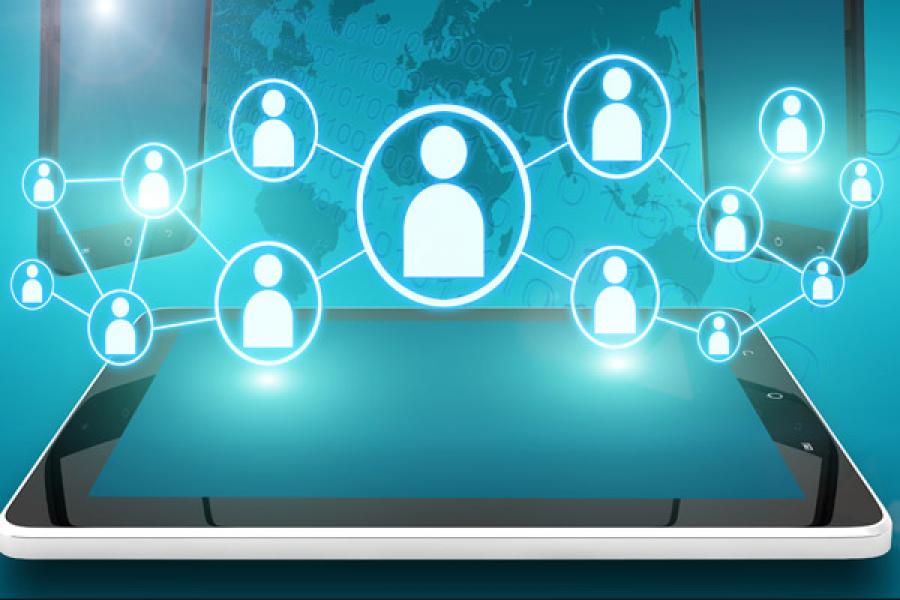Technology in HR: Yesterday’s luxury, today’s hygiene
But where there needs to be an individualised approach, human intervention cannot be ignored
Image: Shutterstock
The evolution of how businesses are run and the transition of HR, from being a pure play administrative function to personnel management and then HRD have been phenomenal. The challenge is for the function to move beyond its current position and focus on the domain while partnering with businesses. It is imperative for HR practitioners to either gear up to be ahead of the curve and meet the requirements of the corporate world or allow themselves to be overtaken by the changes in the business and remain mute bystanders fulfilling administrative requirements. In the current business scenario, there is an urgent need for the function to transcend beyond its traditional mindset.
In addition to specialising deep into the domain, the HR practitioner has to adopt newer tools and platforms for him/her to be relevant. Putting it simply, the HR professional needs to partner with businesses to be seen as someone whom the business can consult and play an effective role. To move up the value chain, there is an urgent need for letting go of routine tasks, integrating processes and adopting new methods. Seamless HR services and operations will only be possible when HR integrates everything through digitisation and the use of technology.
Digitised HR Processes: Digitisation is the order of the day and integral to every function in any organisation. In order to have a “happy marriage” between HR and business, technology needs to be leveraged and acknowledged as the vital magic ingredient. For example, every aspect of the employee life cycle, be it hiring, training, career development, appraisals, employee engagement as well as employee exits have to become seamless. This can be attained when each of the sub-systems talk to each other and this is possible only through the use of technology.
The employee life cycle, which starts from talent forecasting to hiring will be a lot more effective in a digitised environment. The introduction of a platform/ tool to integrate all aspects of hiring (including different assessments for selection) will help understand the skill level of a prospective candidate, while providing insights for training and skills development as soon as the candidate is on board. Basically, a single assessment undertaken at the time of selecting a candidate can also be used to analyse skill gaps and help in planning for training after the talent joins the organisation.
To remain relevant and competitive, there is a strong need for continuous development and growth through learning. Therefore, it is extremely important to implement new measures to train, hire and assess employees with scientific rigour. Digitised assessment and training will ensure a streamlined process through platforms on cloud, and on own networks. Gamification is another approach where technology can be used to engage and connect with prospective employees and provide all the information a candidate seeks with the click of a button. Technology can also digitise areas such as performance evaluation, talent management, rewards and recognition and so on. While the ‘human touch’ is a key ingredient for any HR activity, the benefits of leveraging technology will enhance and provide reach in employee connect programmes and communications, be it on cloud, social media or the yammer.
Technology for learning and development:
While learning is integral to growth, it is humanly impossible to ensure individualised learning methodologies where there is a trainer for every talent. Hence, there is a crying need to adopt a blended approach for greater reach, consistency and scale.
Today, e-learning is a $56.2 billion industry, and it’s going to double by 2016! (Source: elearninginfographics.com) So the focus should be to leverage technology and predictive analytics to personalise and transform the learning experience. Learning can be enabled through cloud-based learning modules; new-aged books (tablets & kiosks) can be preloaded with content which could be accessed anytime, anywhere. There are a lot of organisations which are moving towards technology-enabled process for all the functions in HR. Now is the time to think beyond the obvious and attack the systems which are still people-dependent and transform them to a stage where everything and every process can talk to each other through technology, while human skill and power can be put to better use.
The only thing HR professionals would need to guard against is being too dependent on technology and neglect human skill. One should ride on technology for reach, scale and repetitive tasks. In the end, analysis in times of crisis, where there needs to be an individualised approach, human intervention cannot be ignored. The balance between individual or personalised attention and the use of technology has to be nuanced over a period of time but the inevitable fact is that technology is here to stay and the sooner we realise it, the better it is for all of us.
- By Raghavendra K, Senior Vice President and Global Head- HR, Infosys BPO
The thoughts and opinions shared here are of the author.
Check out our end of season subscription discounts with a Moneycontrol pro subscription absolutely free. Use code EOSO2021. Click here for details.
